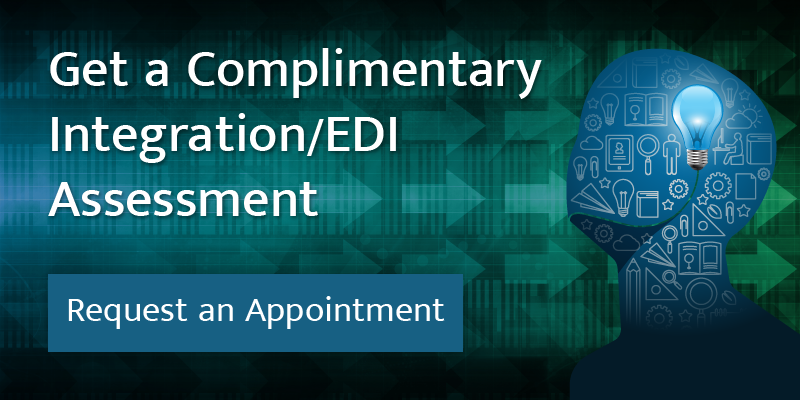By now many of you have likely seen this quote making its way around LinkedIn....
And how telling are these statements contrasting the long term and short term views of people. These differing perspectives can often vary by one's role in the organization or just by the way a person is wired.
Too many times we hear organizations have reorganized departments, sending information technology professionals into EDI specialist roles with little or no integration or EDI training. This lack of training includes everything from specifics on the duties involved in EDI compliance and EDI coordination to the inner workings of B2B integration gateway tools for EDI, EAI, and MFT.
There are many CEO minded managers and decision makers out there that share the thoughts of the graphic above. We know this because there are whole businesses centered around training and those with specific training practices. Historically training on specific B2B Integration tools has been among Remedi's most requested services, so it is clear that training for those in the business integration community is important to many people.
The benefits of training are obvious...higher productivity, less errors, better solutions, development of the integration professional, and are usually weighted against the costs...class fees, T&E, time away from the office, etc. Hands on EDI translator training and other software training used to exist primarily in canned fashion and was delivered at software vendor training locations. Over time, an alternative method evolved …on-site training. On-site training has had economic advantages over software developer classroom training typically when more than one or two participants are involved. This strategy utilizes the users location, software, connected systems, and multiple participants with real world solution development requirements with a trainer being brought on-site. This is the primary methodology Remedi uses today and is typically more economical than classroom training when there is >1 participant involved. Virtual training (gotomeeting, etc.), similar to the above and second in popularity, is also employed utilizing the users software and connected systems when participants are low in numbers and the training objective is smaller scale.
There are certainly those who prefer traditional classroom training, but in our observation those numbers are smaller than in the past. Onsite/virtual training has picked up the slack. Given this shift some software developers have ramped down their traditional classroom training in favor of alternative methods. A case in point, IBM is no longer in the classroom training business where the Sterling B2B Integration products are concerned...i.e. Sterling B2B Integrator and File Gateway, GENTRAN, Connect, etc., instead they intend to rely increasingly on partners and distributors to deliver training in whatever form the client desires.
Given the changing landscape of integration based training versus the needs of your organization, complete the Complimentary Assessment below and let us know about your training requirements. Remedi offers training across most integration and EDI products, works cooperatively with many of the main EDI vendors, and is an IBM Partner performing training and delivery for those with Sterling B2B Integration products.



